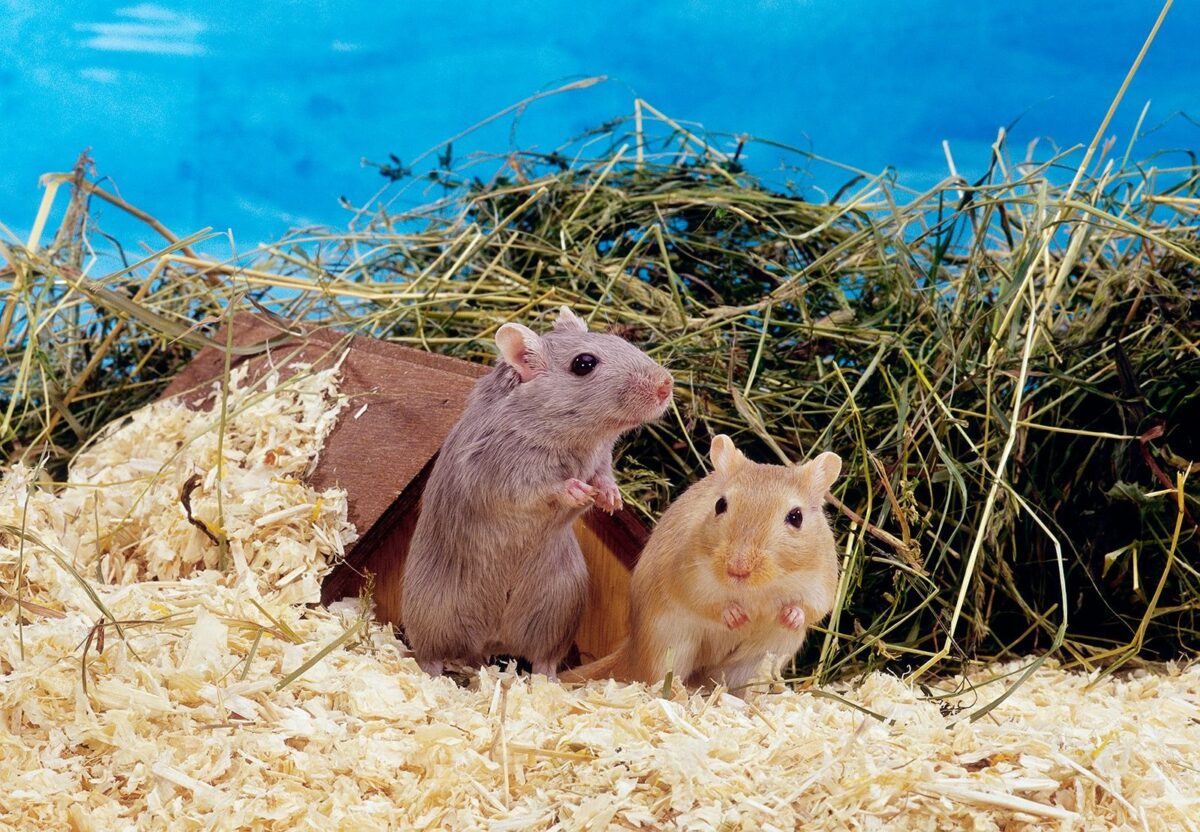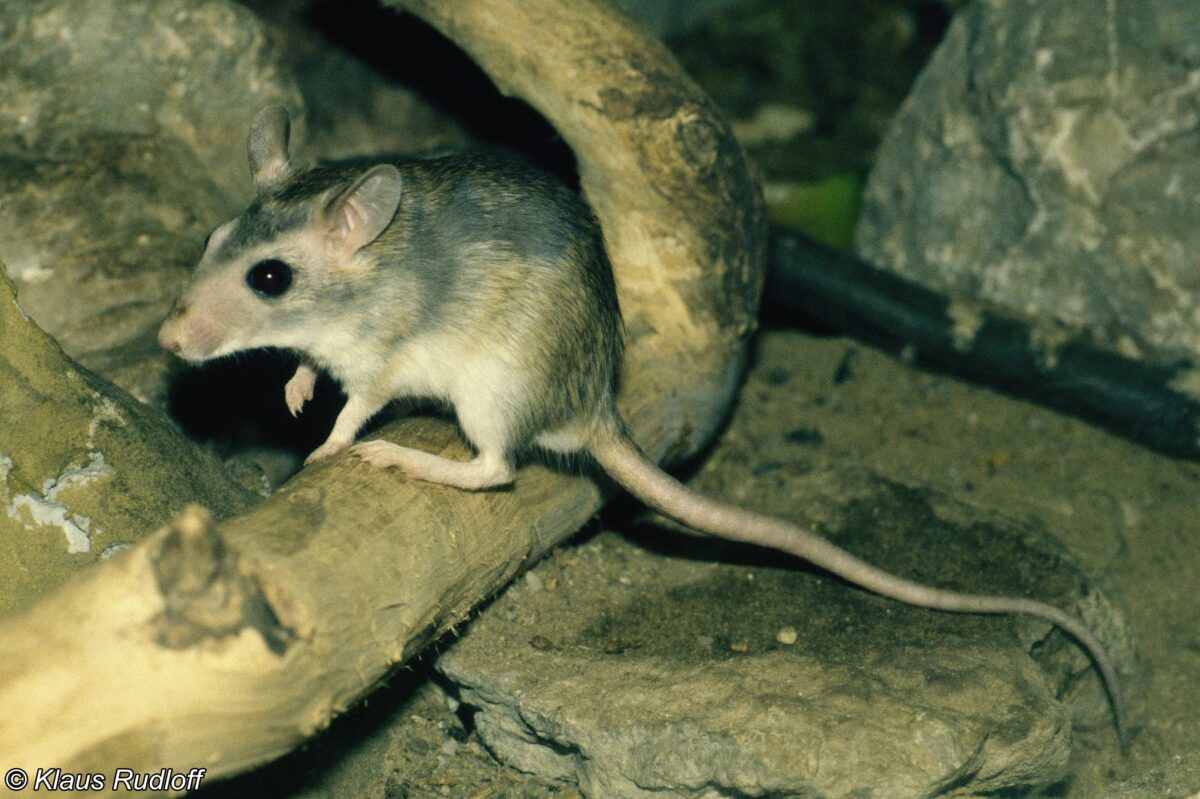

Scientific name
Species name
Body length
Mass
The Indian Gerbil, also known as the Tatera indica, is a species of rodent that belongs to the gerbil family, Muridae. The Indian Gerbil is native to the Indian subcontinent and can be found in countries such as India, Pakistan, Nepal, and Bangladesh. It prefers arid and semi-arid habitats, including grasslands, agricultural fields, and scrublands.
Indian Gerbils have a robust body with a head and body length ranging from about 5 to 8 inches. They have a long, slender tail that is usually longer than their body. Their fur color varies but is commonly sandy or light brown, helping them blend in with their surroundings.

Indian Gerbils are omnivorous, feeding on a variety of food items. Their diet includes seeds, grains, grasses, roots, and even insects. They have cheek pouches, enabling them to gather and store food to consume later in the safety of their burrows.
Indian Gerbils are primarily nocturnal, being most active during the night. They are excellent diggers and construct complex burrow systems with multiple entrances and chambers. These burrows serve as shelter from predators and the extreme temperatures of their habitat.

Indian Gerbils have a relatively short gestation period of around 25 to 30 days. A typical litter consists of 4 to 6 pups, which are born with closed eyes and are hairless. The young gerbils develop quickly and are weaned at around 3 to 4 weeks of age.
Indian Gerbils play an essential role in their ecosystems. Their burrowing activities help aerate the soil, improve water infiltration, and mix organic matter, which can benefit plant growth. They are also an important prey species for various predators, including snakes, birds of prey, and small carnivores.

